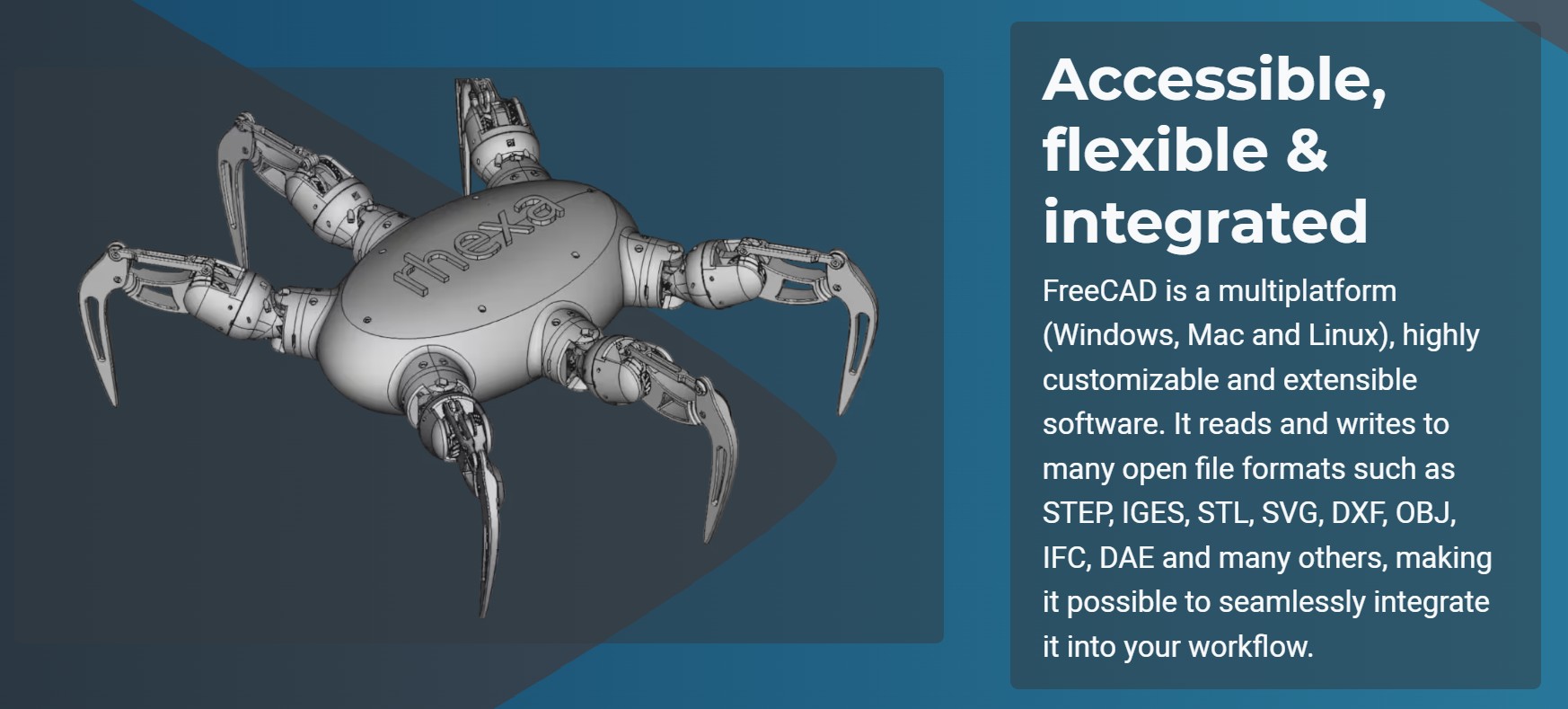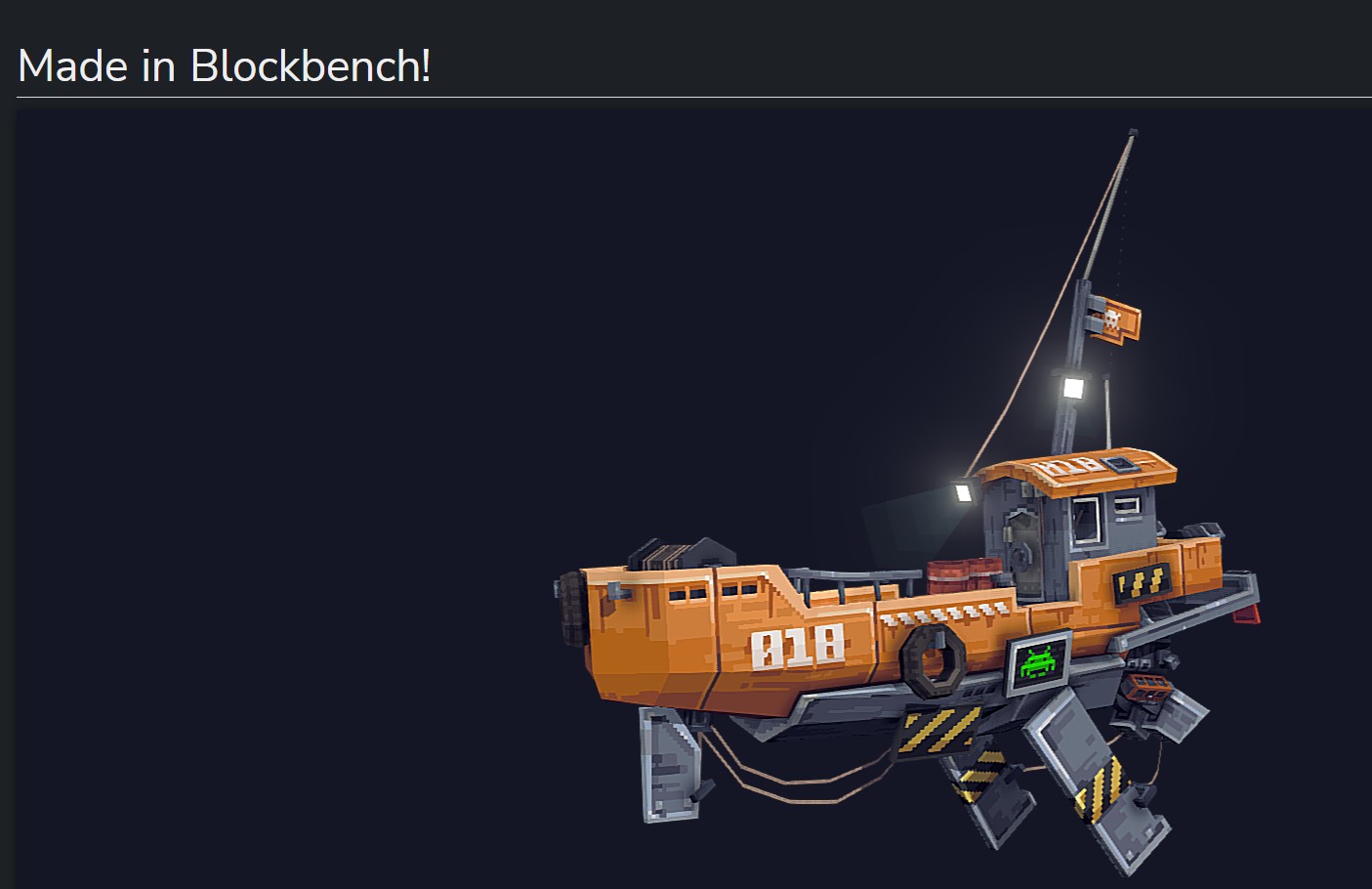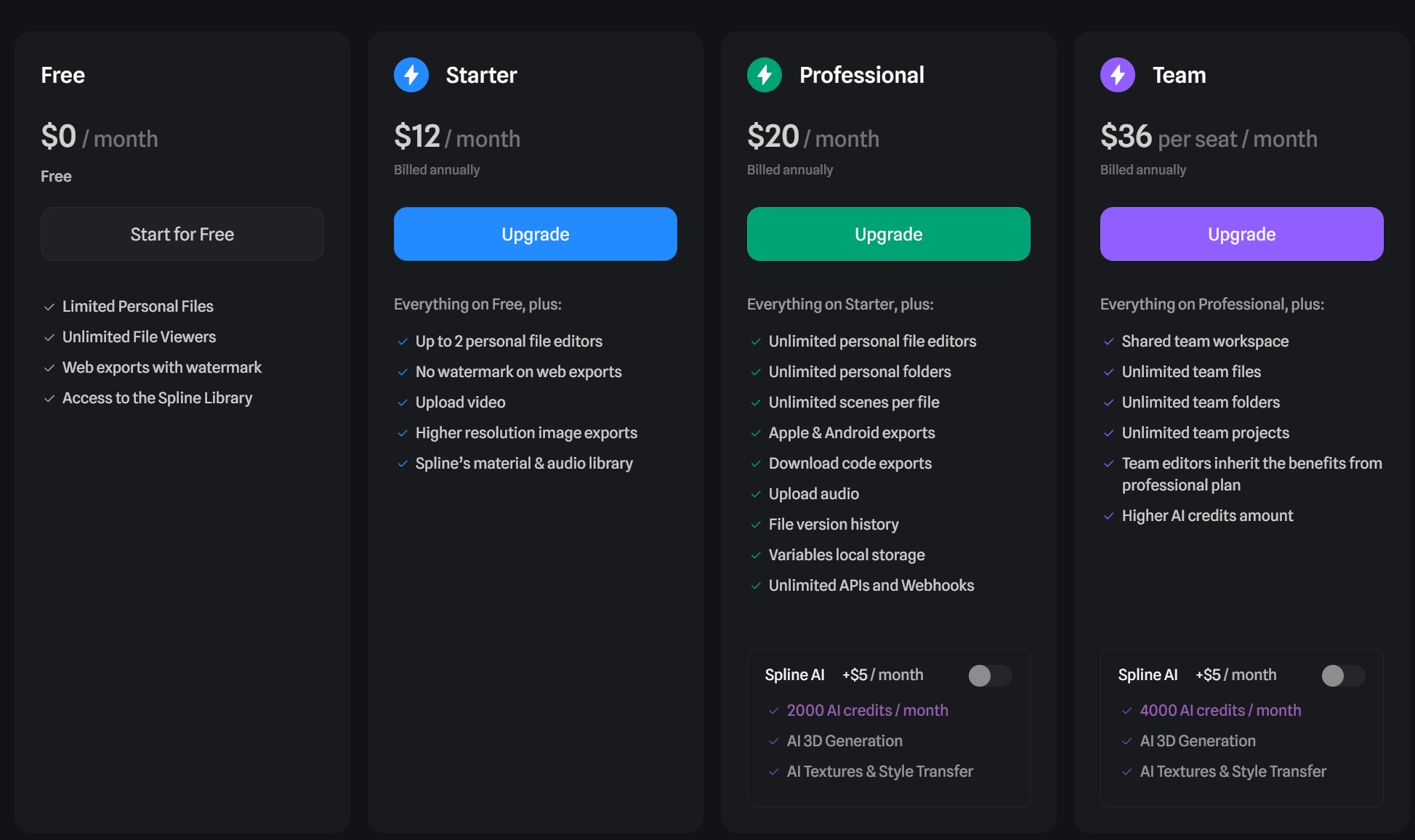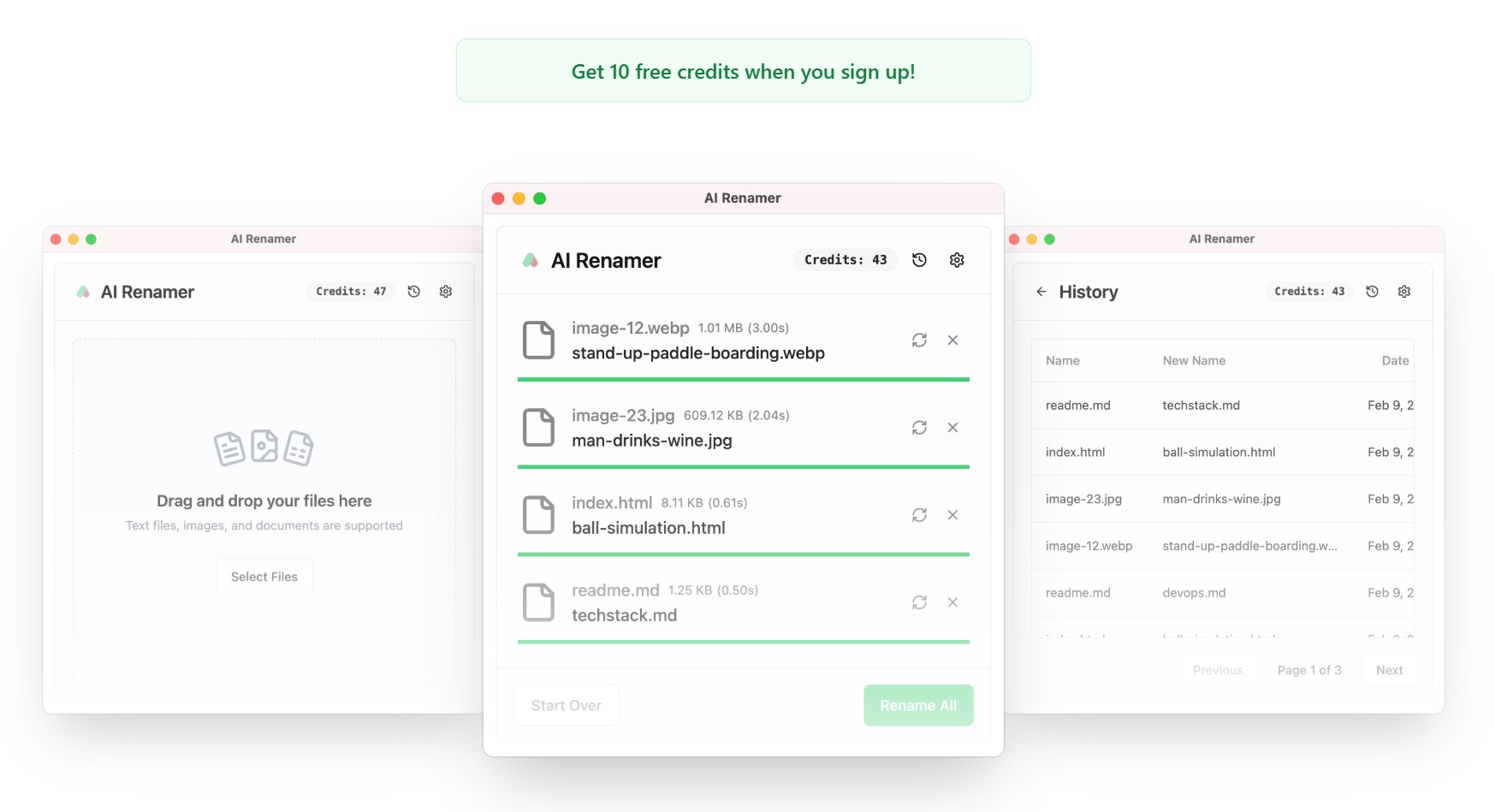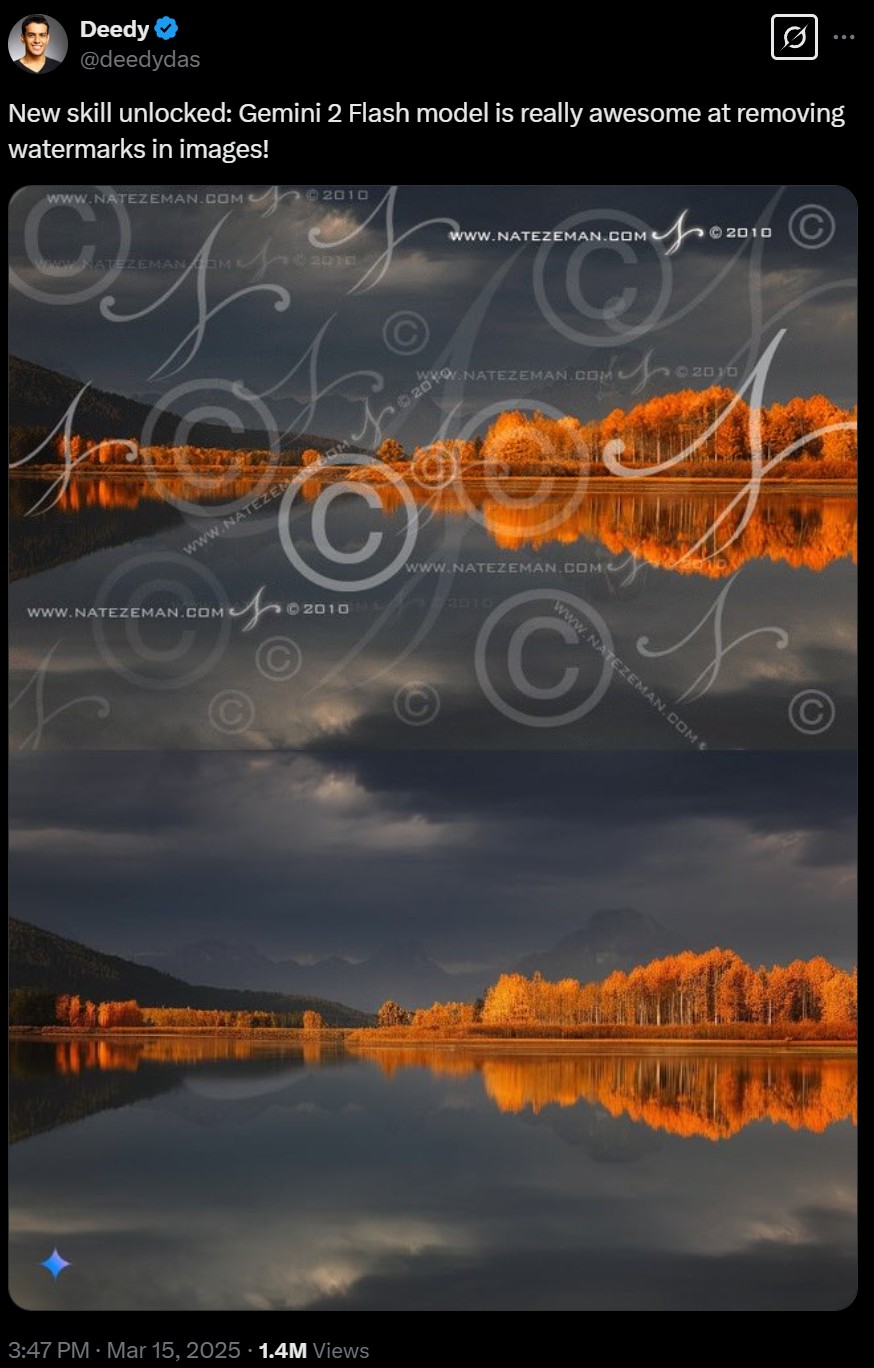BREAKING NEWS
LATEST POSTS
-
Apple TV+ Reportedly Loses $1 Billion on Streaming a Year
https://www.indiewire.com/news/business/apple-tv-reportedly-loses-1-billion-streaming-1235110323
But it supposedly also has 45 million subscribers, and with $124.3 million in revenue.
Per the company’s most recent earnings, the three months ending in January saw Apple bring in $124.3 billion in revenue, $26.3 billion of which came from Services, a record for the division. That’s just for one quarter. For the year, Services brought in more than $96 billion. It can afford to absorb a billion dollars in losses.https://spyglass.org/apple-tv-plus-strategy
It Wasn’t the Apple TV+ Spend, It Was the Apple TV+ Strategy
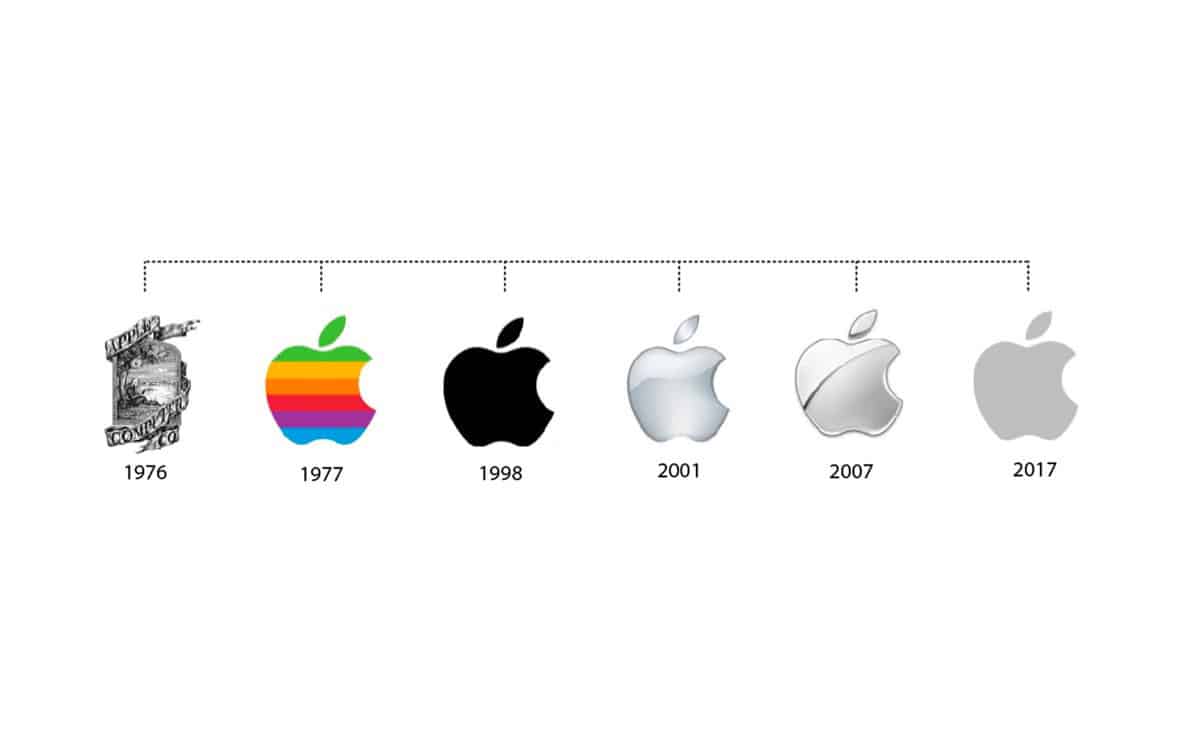
-
VillageRoadShow production studio files for bankruptcy
Village Roadshow (prod company/financier: Wonka, the Matrix series, and Ocean’s 11) has filed for bankruptcy.
It’s a rough indicator of where we are in 2025 when one of the last independent production companies working with the studios goes under.
Here’s their balance sheet:
$400 M in library value of 100+ films (89 of which they co-own with Warner Bros.)
$500 M – $1bn total debt
$1.4 M in debt to WGA, whose members were told to stop working with Roadshow in December
$794 K owed to Bryan Cranston’s prod company
$250 K owed to Sony Pictures TV
$300 K/month overhead
The crowning expense that brought down this 36-year-old production company is the $18 M in (unpaid) legal fees from a lengthy and currently unresolved arbitration with their long-time partner Warner Bros, who they’ve had a co-financing arrangement since the late 90s.
Roadshow sued when WBD released their Matrix Resurrections (2021) film in theaters and on Max simultaneously, causing Roadshow to withhold their portion of the $190 M production costs.
Due to mounting financial pressures, Village Roadshow’s CEO, Steve Mosko, a veteran film and TV exec, left the company in January.
Now, this all falls on the shoulders of Jim Moore, CEO of Vine, an equity firm that owns Village Roadshow, as well as Luc Besson’s prod company EuropaCorp.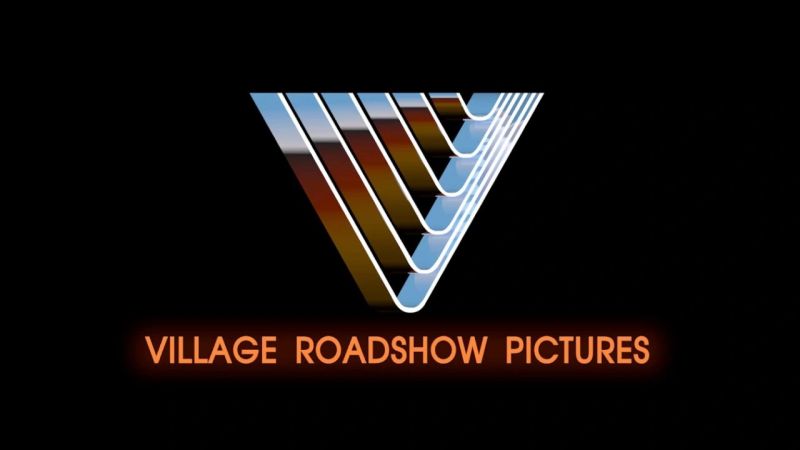
-
Google Gemini Robotics
For safety considerations, Google mentions a “layered, holistic approach” that maintains traditional robot safety measures like collision avoidance and force limitations. The company describes developing a “Robot Constitution” framework inspired by Isaac Asimov’s Three Laws of Robotics and releasing a dataset unsurprisingly called “ASIMOV” to help researchers evaluate safety implications of robotic actions.
This new ASIMOV dataset represents Google’s attempt to create standardized ways to assess robot safety beyond physical harm prevention. The dataset appears designed to help researchers test how well AI models understand the potential consequences of actions a robot might take in various scenarios. According to Google’s announcement, the dataset will “help researchers to rigorously measure the safety implications of robotic actions in real-world scenarios.”
-
Personalize Anything – For Free with Diffusion Transformer
https://fenghora.github.io/Personalize-Anything-Page
Customize any subject with advanced DiT without additional fine-tuning.
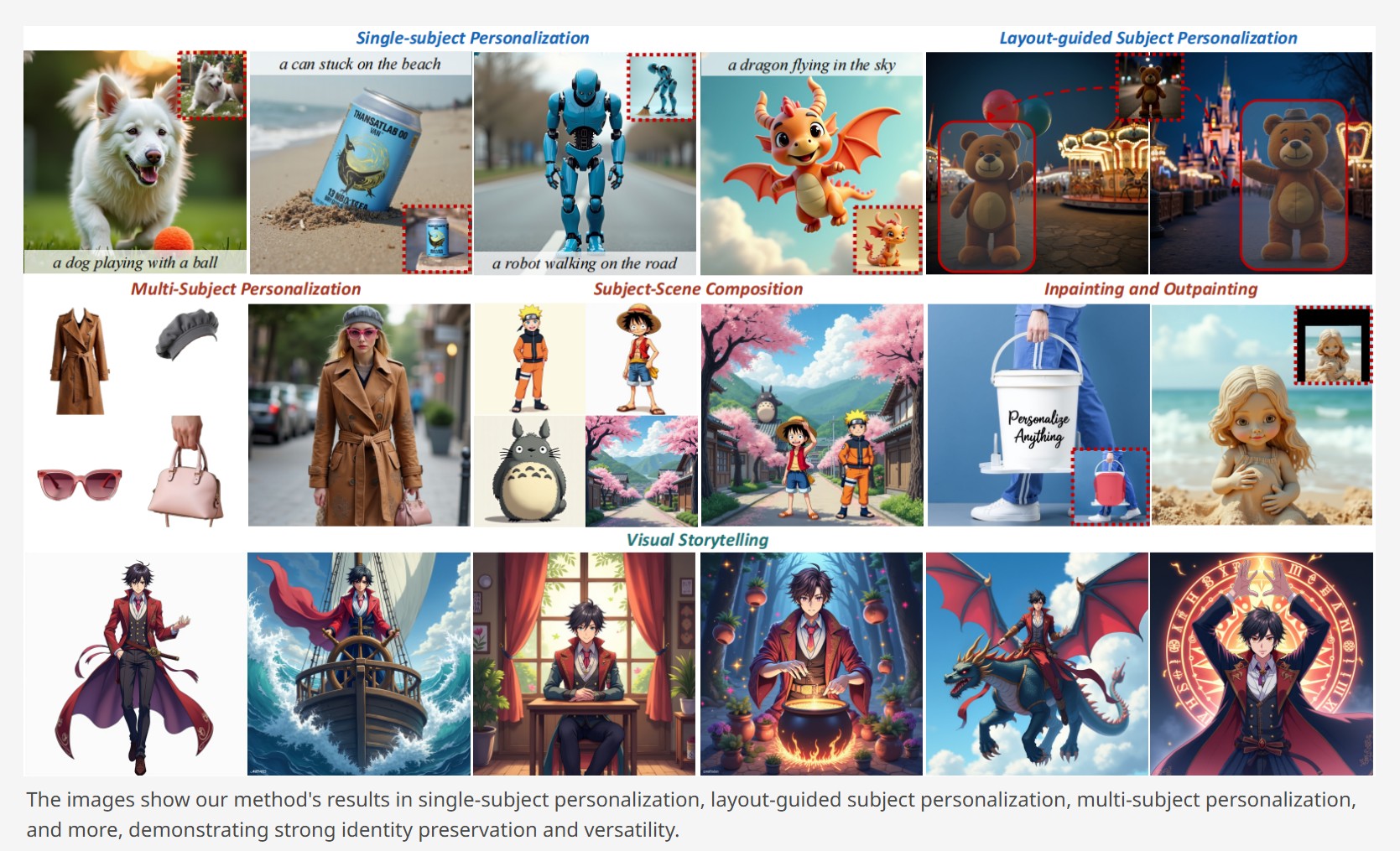
-
Google Gemini 2.0 Flash new AI model extremely proficient at removing watermarks from images
FEATURED POSTS
-
GretagMacbeth Color Checker Numeric Values and Middle Gray
The human eye perceives half scene brightness not as the linear 50% of the present energy (linear nature values) but as 18% of the overall brightness. We are biased to perceive more information in the dark and contrast areas. A Macbeth chart helps with calibrating back into a photographic capture into this “human perspective” of the world.
https://en.wikipedia.org/wiki/Middle_gray
In photography, painting, and other visual arts, middle gray or middle grey is a tone that is perceptually about halfway between black and white on a lightness scale in photography and printing, it is typically defined as 18% reflectance in visible light

Light meters, cameras, and pictures are often calibrated using an 18% gray card[4][5][6] or a color reference card such as a ColorChecker. On the assumption that 18% is similar to the average reflectance of a scene, a grey card can be used to estimate the required exposure of the film.
https://en.wikipedia.org/wiki/ColorChecker
(more…)
-
Google – Artificial Intelligence free courses
1. Introduction to Large Language Models: Learn about the use cases and how to enhance the performance of large language models.
https://www.cloudskillsboost.google/course_templates/5392. Introduction to Generative AI: Discover the differences between Generative AI and traditional machine learning methods.
https://www.cloudskillsboost.google/course_templates/5363. Generative AI Fundamentals: Earn a skill badge by demonstrating your understanding of foundational concepts in Generative AI.
https://www.cloudskillsboost.google/paths4. Introduction to Responsible AI: Learn about the importance of Responsible AI and how Google implements it in its products.
https://www.cloudskillsboost.google/course_templates/5545. Encoder-Decoder Architecture: Learn about the encoder-decoder architecture, a critical component of machine learning for sequence-to-sequence tasks.
https://www.cloudskillsboost.google/course_templates/5436. Introduction to Image Generation: Discover diffusion models, a promising family of machine learning models in the image generation space.
https://www.cloudskillsboost.google/course_templates/5417. Transformer Models and BERT Model: Get a comprehensive introduction to the Transformer architecture and the Bidirectional Encoder Representations from the Transformers (BERT) model.
https://www.cloudskillsboost.google/course_templates/5388. Attention Mechanism: Learn about the attention mechanism, which allows neural networks to focus on specific parts of an input sequence.
https://www.cloudskillsboost.google/course_templates/537





